Conversazioni d’autore.William Kentridge
an event within
other events of the Conversazioni d'autore 2016 cycle

Monday closed
Tuesday to Sunday 11 am – 7 pm
Monday 8 December 11 am > 7 pm
Wednesday 24 December 11 am > 4:30 pm
Thursday 25 December closed
Wednesday 31 December 11 am > 4:30 pm
Thursday 1 January 11 am > 7 pm
Monday 5 January 11 am > 7 pm
Tusday 6 January 11 am > 7 pm
– for young people aged between 18 and 25 (not yet turned 25);
– for groups of 15 people or more;
– La Galleria Nazionale, Museo Ebraico di Roma ticket holders;
– upon presentation of ID card or badge: Accademia Costume & Moda, Accademia Fotografica, Biblioteche di Roma, Centro Sperimentale di Cinematografia, Enel (for badge holder and accompanying person), FAI Fondo Ambiente Italiano, Feltrinelli, Gruppo FS, IN/ARCH Istituto Nazionale di Architettura, Sapienza Università di Roma, LAZIOcrea, Palazzo delle Esposizioni, Amici di Palazzo Strozzi, Accademia Nazionale di Santa Cecilia, Scuola Internazionale di Comics, Teatro Olimpico, Teatro dell’Opera di Roma, Teatro di Roma, Università degli Studi di Roma Tor Vergata, Youthcard;
valid for one year from the date of purchase
– minors under 18 years of age;
– myMAXXI cardholders;
– on your birthday presenting an identity document;
– upon presentation of EU Disability Card holders and or accompanying letter from hosting association/institution for: people with disabilities and accompanying person, people on the autistic spectrum and accompanying person, deaf people, people with cognitive disabilities and complex communication needs and their caregivers, people with serious illnesses and their caregivers, guests of first aid and anti-violence centres and accompanying operators, residents of therapeutic communities and accompanying operators;
– MiC employees;
– journalists who can prove their business activity;
– European Union tour guides and tour guides, licensed (ref. Circular n.20/2016 DG-Museums);
– 1 teacher for every 10 students;
– AMACI members;
– CIMAM International Committee for Museums and Collections of Modern Art members;
– ICOM members;
– from Tuesday to Friday (excluding holidays) European Union students and university researchers in art history and architecture, public fine arts academies (AFAM registered) students and Temple University Rome Campus students;
– IED Istituto Europeo di Design professors, NABA Nuova Accademia di Belle Arti professors, RUFA Rome University of Fine Arts professors;
– upon presentation of ID card or badge: Collezione Peggy Guggenheim a Venezia, Castello di Rivoli Museo d’Arte Contemporanea, Sotheby’s Preferred, MEP – Maison Européenne de la Photographie;
limited seating; it is mandatory to arrive at the infopoint 15 minutes before the start time indicated on the ticket; the experience lasts approximately 45 minutes
limited seating; it is mandatory to arrive at the infopoint 15 minutes before the start time indicated on the ticket; the experience lasts approximately 45 minutes
MAXXI’s Collection of Art and Architecture represents the founding element of the museum and defines its identity. Since October 2015, it has been on display with different arrangements of works.


17 Dec 2025 05.00 pm
MAXXIperTUTTIThe Large Glass: plural visionsfree guided tours
17 Dec 2025 06.00 pm
lectureRicky BurdettIl DNA delle città: leggere Roma nel contesto globale
18 Dec 2025 05.00 pm
MAXXIperTUTTI1+1 sensitactile labs
26 Dec 2025 11.30 am
guided toursThe Large Glass
26 Dec 2025 04.30 pm
MAXXI with the familyMeraviglie in equilibrioCostruire come Pier Luigi Nervi
26 Dec 2025 04.30 pm
guided toursThe Large Glass
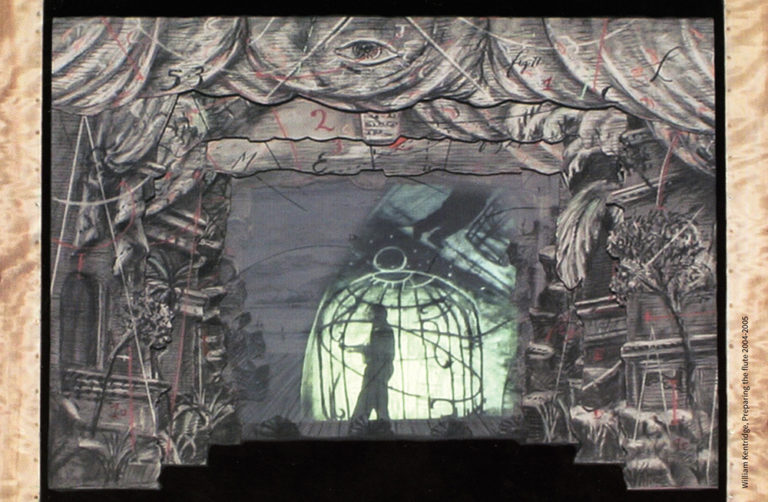

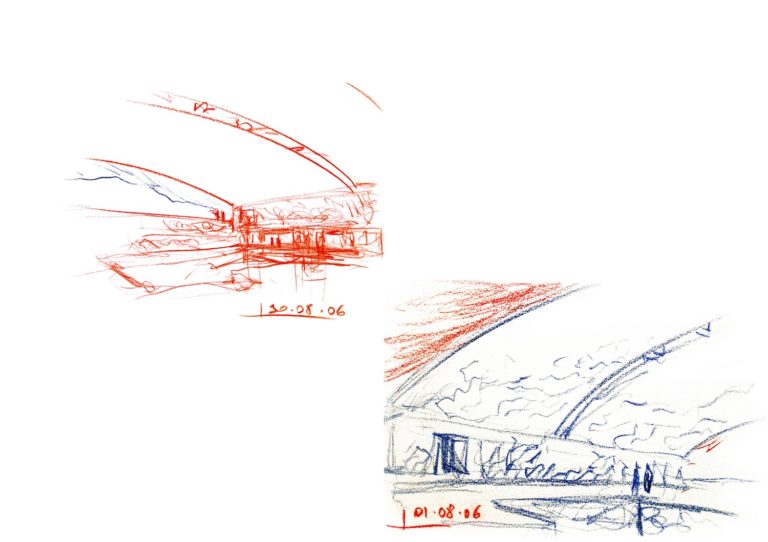
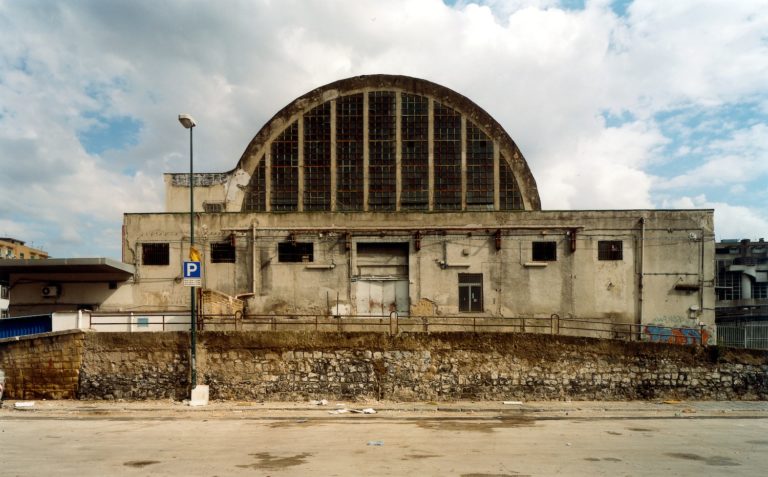
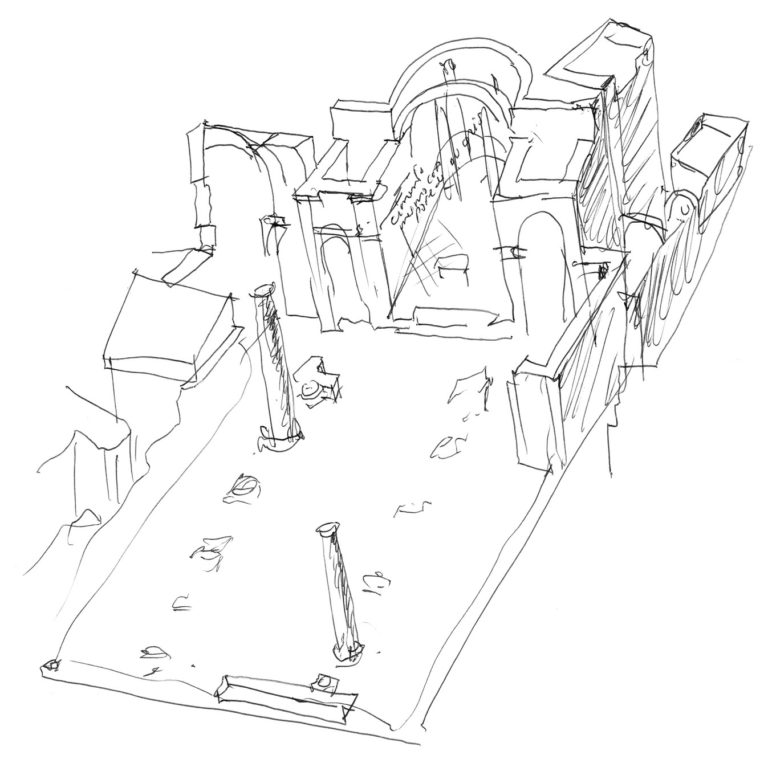
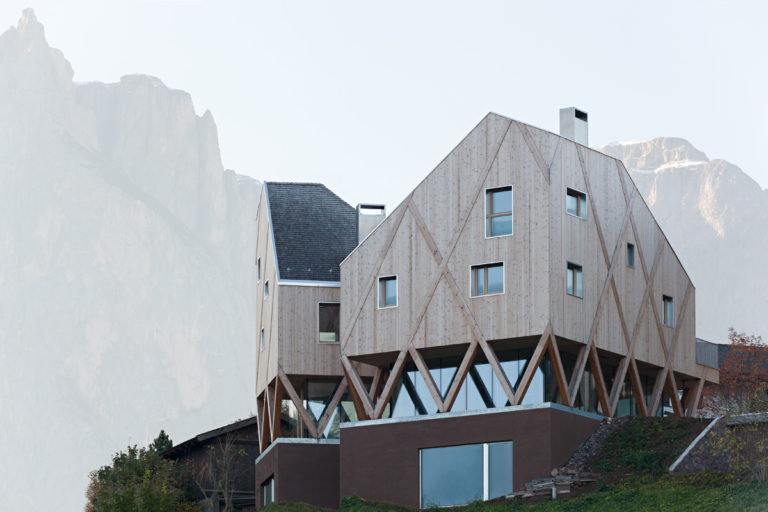
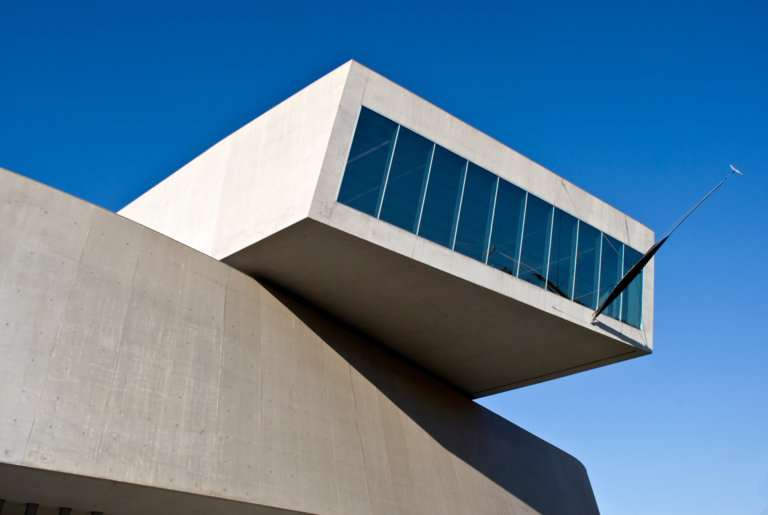
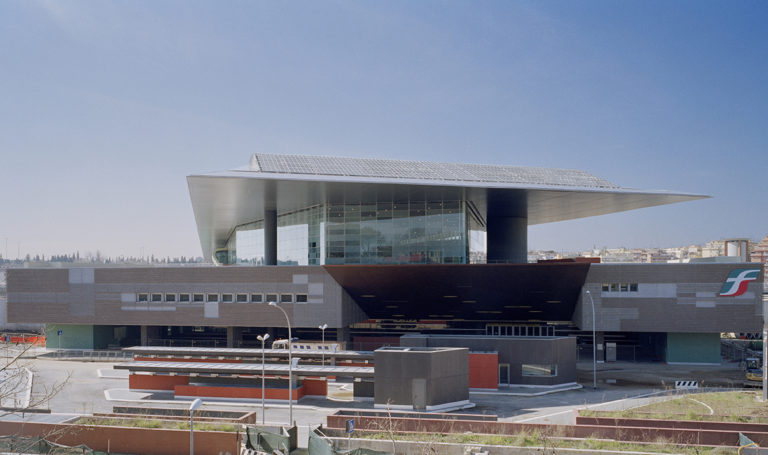
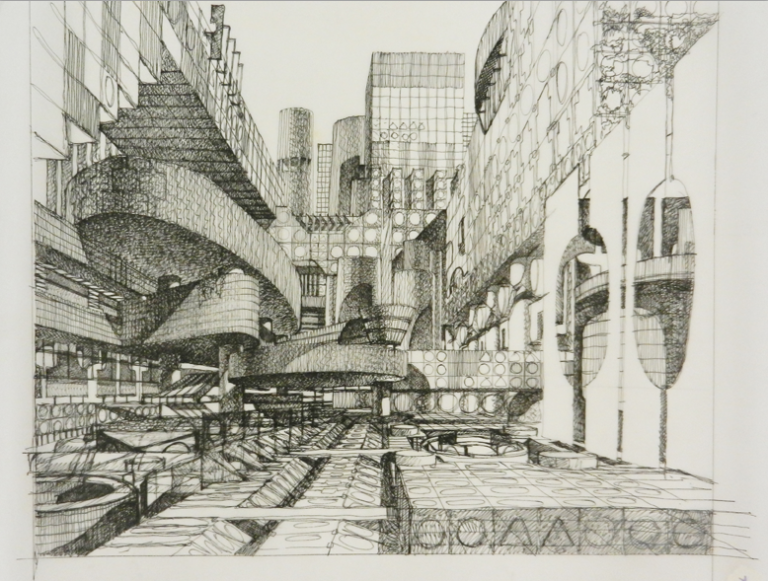
MAXXI Auditorium and Gallery 4 – SOLD OUT
tickets 5€ – free for myMAXXI card holders – subject to availability of places
A major figure on the international scene, in his work William Kentridge, the South African artist and theatre and animated film director, tackles issues associated with the racial segregation he witnessed for years. In conversation with Hou Hanru and Achille Bonito Oliva, the artist will discuss some of his works. Introduced by Giovanna Melandri President Fondazione MAXXI
The seminar is also an opportunity to get to know more about the artist thanks to the exhibition in the gallery devoted to MAXXI’s permanent collection of four works that make up a focus entitled About William Kentridge. A chance to admire together the large tapestry North Pole Map (2003) in which great walking figures evoke life’s journey and the migrations of peoples, Preparing the Flute (2004-2005) which presents a scaled-down form of the sets for Mozart’s Magic Flute directed by Kentridge and presented at the Brussels Opera House that year. There are also two large drawings: Flagellant (1995-97) inspired by Ubu, the celebrated character by Alfred Jarry and part of a broader reflection by the artist on the theme of the suffering and massacres of apartheid, and Untitled (Large Drawing – Standing Man) (2001) part of a group inspired by the series of lithographs Summer Graffiti, a combination of erotic dreams and sketches.
Conversazioni d’autore. Six seminars with the protagonists of the MAXXI Collections
13 April – 9 June 2016
The cycle Conversazioni d’autore has been created with the intention of investigating the compositional themes in the projects and works exhibited in the museum gallery devoted to the display of the MAXXI collections through dialogues with their creators. On the basis of the works on show, the artists and the architects will guide the public on an exploration of the multiple meanings within the processes of making art and architecture, presenting their ideas through a fruitful and stimulating dialogue with academics and critics.